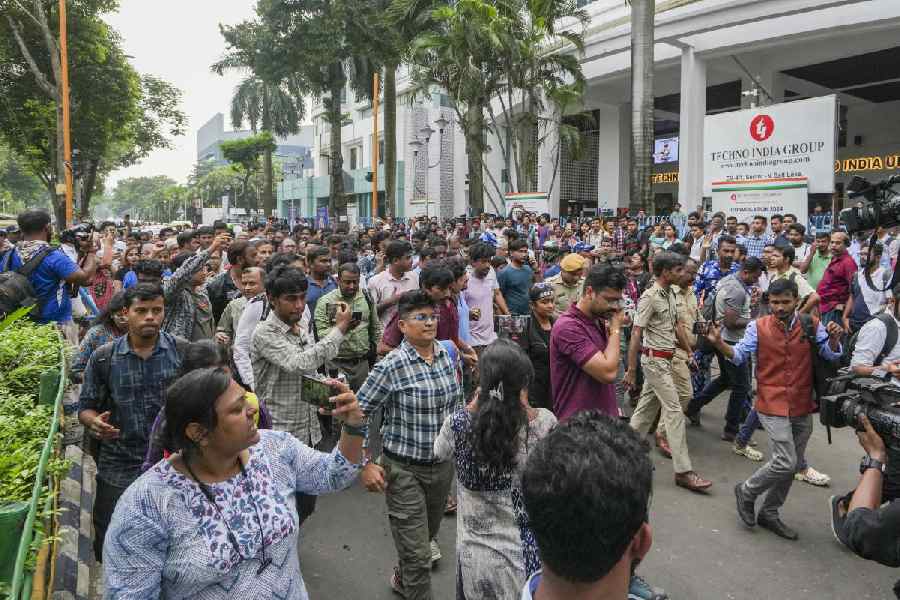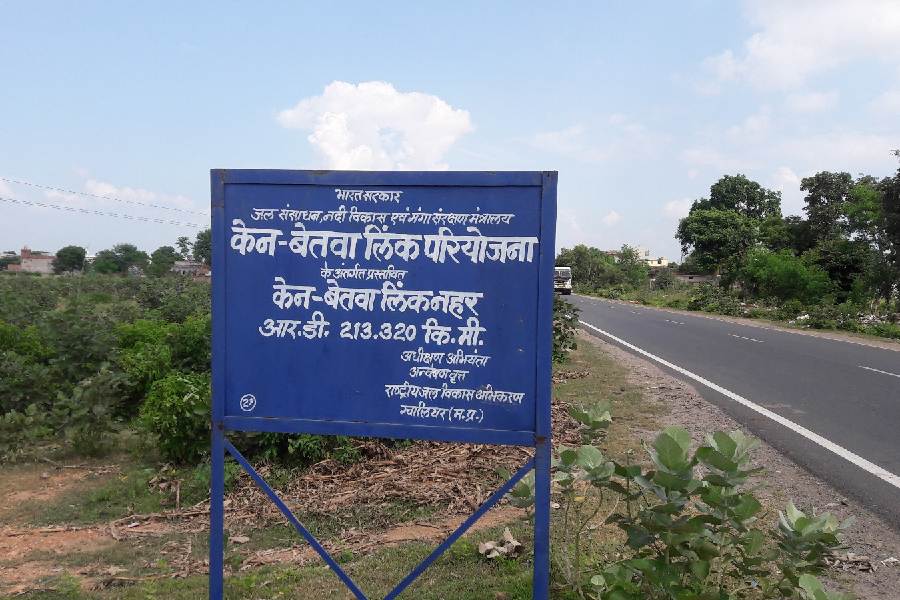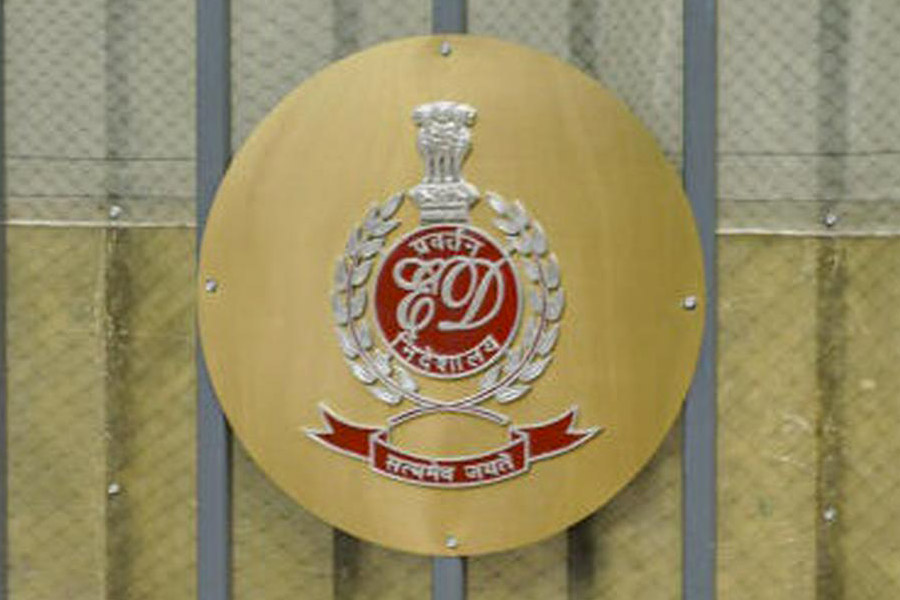The nationwide strike by resident doctors triggered by the rape and murder of a postgraduate trainee at RG Kar Medical College and Hospital in Calcutta has likely hit the public in Bengal harder than in several other states, experts have said, citing hospital use data.
Across the country, 42 of every 100 households turn to government or public hospitals for in-patient services, but Bengal is among 23 states where the proportions of such households are higher than the national average, according to the Centre’s last survey on the subject.
The survey by the National Statistical Office covering a 12-month period during 2017-18 had found that government hospitals accounted for 69 per cent of all hospitalised patients in Bengal. Private hospitals accounted for 29 per cent and charitable trust hospitals nearly 2 per cent.
During the strike, which was supported by faculty and doctors’ associations, resident doctors refrained from participating in routine patient-care activities, prompting government hospitals across the country to cancel or curtail admissions for elective procedures. An elective procedure is a treatment planned in advance such as a gall bladder surgery or a hysterectomy. Under the strike, faculty and senior doctors had to take over routine duties typically assigned to resident doctors.
Earlier this week, resident doctors in Bengal agreed to provide essential services but remain on strike from other hospital tasks.
The strike would have impacted some states harder than others, depending on what proportions of households typically turn to government hospitals, said Sarit Rout, a health economist and additional professor at the Public Health Foundation of India, a research and education institution.
Rout and other experts say government hospitals, even while working under sub-optimal funding, infrastructure, and faculty, remain the only source of access to healthcare for large proportions of households for whom the alternative is not to access care.
“The high cost of care in private hospitals is a big reason for many to opt for public hospitals and for some from poor and vulnerable households to even deny themselves access to treatment,” Rout said.
The survey had revealed high dependency on government hospitals for in-patient services in multiple states — Assam (71 per cent), Arunachal Pradesh (91 per cent), Delhi (62 per cent), Goa (66 per cent), Himachal Pradesh (77 per cent), Jammu and Kashmir (91 per cent), Manipur, Meghalaya, Mizoram (each above 80 per cent), Odisha (72 per cent), and Tripura (94 per cent).
Multiple studies have underlined the large differences between the out-of-pocket expenditure for patients in government and private hospitals.
One analysis of the National Family Health Survey 2019-21 found that the out-of-pocket expenditure on childbirth was on average ₹2,000 in public hospitals but ₹25,000 in private institutions.
“Health insurance was not sufficient to slash out-of-pocket expenditure down at private facilities,” Sanghamitra Pati, a public health researcher at the Indian Council of Medical Research Regional Centre, Bhubaneswar, and her colleagues reported last year in their study on institutional deliveries published in the journal BMC Public Health.
The NSO 2017-18 survey had found that the out-of-pocket spending for medical expenditure during hospital stay per patient was on average nearly eight-fold higher in private hospitals than in government hospitals: ₹4,400 in government hospitals and ₹32,000 in private hospitals.
Doctors say the nationwide average hides large variations across states. The out-of-pocket expenditure in government hospitals was, for instance, as low as below ₹500 in Lakshadweep or Tamil Nadu, but ₹57,000 in Assam or ₹71,000 in Puducherry.
“We were pushed into the strike,” Suvrankar Datta, president of the Federation of All India Medical Association, a body that represents postgraduate medical students. “Security conditions in hospitals and medical colleges are pathetic and authorities have ignored our pleas for years. The National Task Force (set up by the Centre to recommend ways to improve security) is an outcome of a nationwide strike.”











